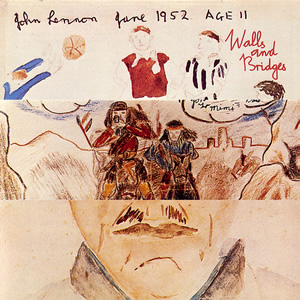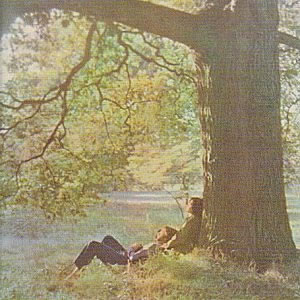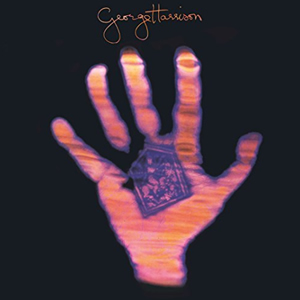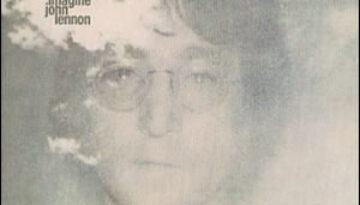Walls and Bridges by John Lennon
Buy Walls and Bridges Walls and Bridges seems to be one album that often gets lost in the John Lennon collection. It is not as dramatic as Plastic Ono Band, nor is it […]

Buy Walls and Bridges Walls and Bridges seems to be one album that often gets lost in the John Lennon collection. It is not as dramatic as Plastic Ono Band, nor is it […]

Buy John Lennon/Plastic Ono Band Our third and final installment of the “Life After Beatles” series looks at the critically acclaimed debut record by John Lennon called John Lennon / Plastic Ono Band. […]

Buy Living in the Material World Living in the Material World was the fourth overall studio album (and second pop/rock release) by former Beatle George Harrison. This long-anticipated 1973 album is distinct in […]

Buy Imagine Imagine, the second full post-Beatles album by John Lennon, kicks off with an idyllic song envisioning a utopian world where there is no conflict and everyone agrees. Sounds pretty good on […]